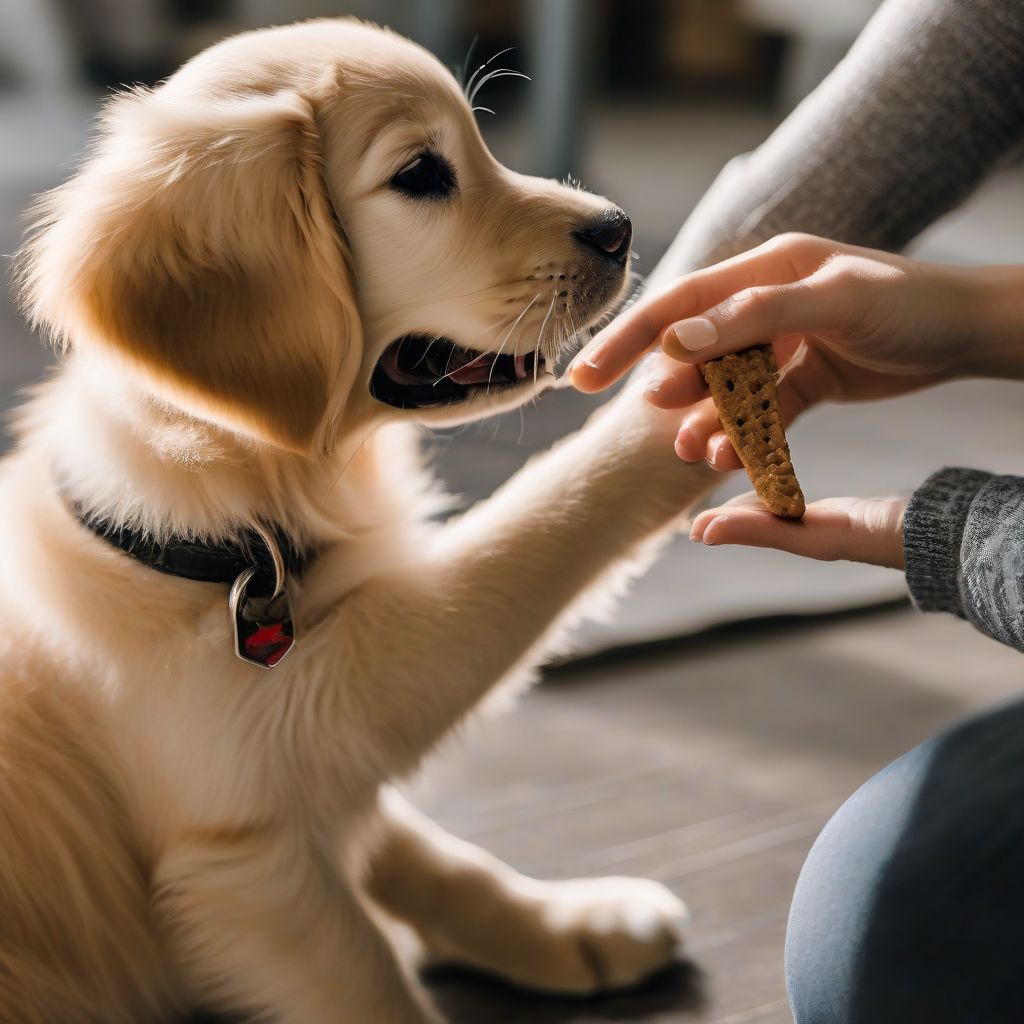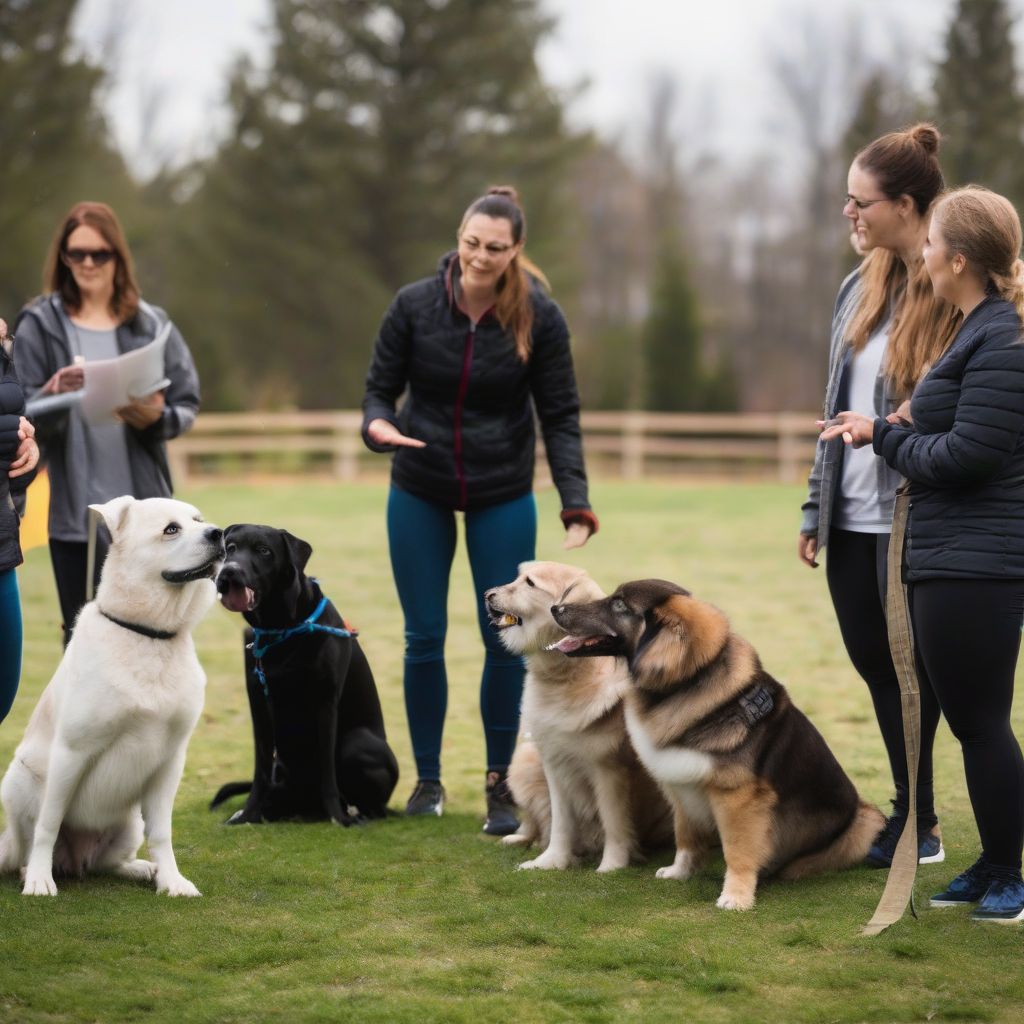Bringing a new pet home is a joyous occasion, filled with cuddles, playful antics, and the promise of unconditional love. But as many pet parents soon discover, the journey to a well-adjusted, happy pet often involves navigating the sometimes-choppy waters of training. Fear not, fellow pet lover! Whether you’re welcoming a rambunctious puppy, a curious kitten, or any other furry friend, mastering a few essential pet training tips can make all the difference.
Understanding Your Pet: The Foundation of Effective Training
Just like us, every pet is unique, with their own personality, learning style, and quirks. Before diving headfirst into training commands, take the time to understand your pet’s individual needs and motivations.
Breed Specific Traits:
While every pet is an individual, certain breeds are known for specific traits. For instance, Border Collies are renowned for their intelligence and eagerness to please, making them quick learners. Golden Retrievers, with their gentle nature and love for food, often respond well to positive reinforcement techniques. Researching your pet’s breed can provide valuable insights into their natural tendencies and help you tailor your training approach.
Observing Body Language:
Animals communicate volumes through subtle cues and body language. Paying attention to your pet’s posture, tail wags (or tucks), ear position, and overall demeanor can provide valuable clues about their emotional state. Are they stressed, anxious, playful, or relaxed? Understanding your pet’s emotional state allows you to adjust your training approach for optimal results.
 Dog Training
Dog Training
Positive Reinforcement: The Key to Happy Training
Imagine being punished for not understanding a new language. It wouldn’t exactly inspire confidence or a desire to learn, right? The same principle applies to our furry companions. Positive reinforcement, which focuses on rewarding desired behaviors, forms the cornerstone of humane and effective pet training.
Choosing the Right Rewards:
Identifying what motivates your pet is key to successful positive reinforcement. While treats are a popular choice, don’t limit yourself! Some pets may be motivated by praise, a favorite toy, or even a simple head scratch. Experiment to discover what gets your pet excited and use it consistently to reinforce good behavior.
Timing is Everything:
For rewards to be effective, timing is crucial. Deliver the reward immediately after your pet performs the desired behavior. This immediate association helps them connect the action with the positive consequence, solidifying the learning process.
Consistency is Key:
Just like humans, pets thrive on consistency. Use clear and consistent cues for commands and ensure everyone in the household is on the same page. This consistent approach minimizes confusion and helps your pet understand expectations more effectively.
Common Pet Training Challenges and Solutions:
Even with the best intentions, pet training can sometimes feel like navigating a maze. Here are some common challenges and practical solutions:
Housebreaking Hiccups:
Accidents happen, but the key is to establish a consistent routine. Take your puppy out frequently, especially first thing in the morning and after meals. Reward them immediately for going potty outside. If accidents do occur, clean them up thoroughly to eliminate odors and prevent future marking.
Leash Pulling Frustrations:
Teaching your dog to walk calmly on a leash can be a test of patience, but it’s essential for enjoyable walks together. Invest in a well-fitted harness, avoid retractable leashes, and be prepared to stop every time your dog pulls. Once they relax and the leash loosens, reward them with praise and continue walking.
Destructive Chewing:
Puppies explore the world with their mouths, but that doesn’t mean you have to sacrifice your furniture. Provide plenty of appropriate chew toys to redirect their natural instinct. When you catch them chewing on something they shouldn’t, firmly say “no” and redirect them to an acceptable chew toy.
Seeking Professional Guidance:
If you’re facing persistent challenges, don’t hesitate to seek professional help from a certified dog trainer or behaviorist. They can provide tailored guidance, address specific issues, and help you build a strong and loving bond with your pet.
 Dog Training Class
Dog Training Class
Building a Lasting Bond Through Training:
Remember, pet training is not about asserting dominance or forcing obedience. It’s about building a strong, trusting bond based on mutual respect, understanding, and communication. By embracing positive reinforcement, remaining patient, and focusing on your pet’s individual needs, you can unlock their full potential and create a harmonious life together, filled with love, laughter, and countless tail wags.
[amazon bestseller=”dog training”]
Conclusion:
Pet training, while rewarding, is a journey that requires patience, consistency, and understanding. By embracing positive reinforcement techniques, understanding your pet’s individual needs, and seeking professional guidance when needed, you can empower your furry friend to be the best they can be. Remember, a well-trained pet is a happy and confident companion, and the bond you build through training will last a lifetime. Share your pet training success stories and challenges in the comments below! We’d love to hear from you and celebrate the joys (and sometimes humorous mishaps) of the pet training journey together.
